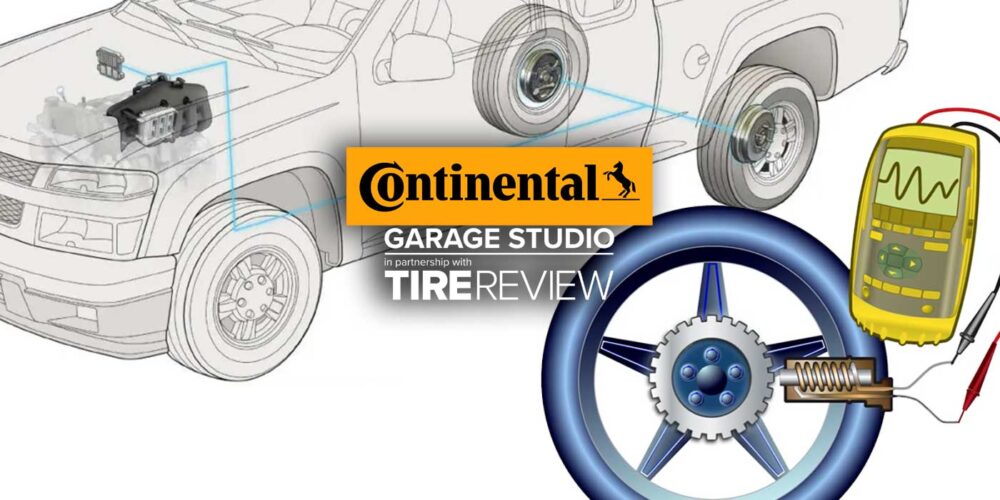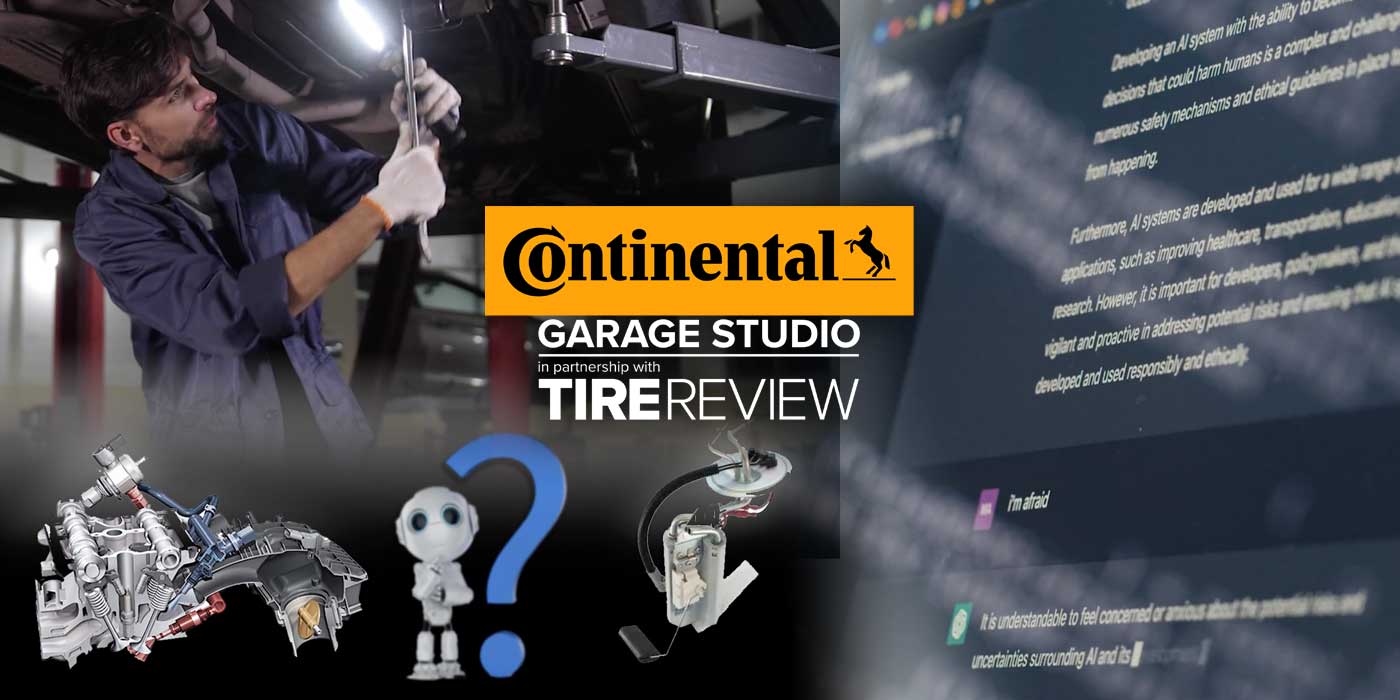Corrosion is one of the leading causes of TPMS replacement. In this Tire Review Continental Tire Garage Studio video, we get into why it happens and how you can help your customers avoid it.
TPMS corrosion can happen for a variety of reasons. It’s caused by a chemical reaction that takes place when certain metals are exposed to moisture, salt, dirt and certain climates, which causes the metal surface to change shape. This results in the valve surface becoming rough and misshapen, making an airtight seal impossible. When this happens, slow air leaks occur, triggering the TPMS light.
If you have broken parts during service or if a part becomes broken, this could also lead to TPMS valve corrosion.
So how can corrosion be avoided? Well, it can’t be completely… After all, we’re talking about metal exposed to outdoor elements, here. But, preventative maintenance and education are key to its longevity.
First, ALWAYS change the service kit each time the tire is removed from the wheel. This should be a standard operating procedure at your tire shop. Service kits are relatively cheap and putting on a fresh one each time can prevent corrosion.
Next, don’t mix certain metals. Mixing different service parts with different metals can cause corrosion. For example, brass and aluminum will cause a chemical reaction when exposed to air and humidity. Rubber stems use brass valve cores, while aluminum stems use nickel-plated valve cores. Sure, it’s easy to throw any valve core into a stem, but that could lead to trouble down the line.
Lastly, consider your options. For example, rubber stems don’t have the same reactive properties as metal stems and can hold up to harsh environments a bit better. However, Not all sensors are compatible with rubber stems, so check to see if the one you’re using is.
Don’t forget to follow us on Instagram and Facebook and subscribe to our YouTube channel for more tire, service and shop operations videos.













